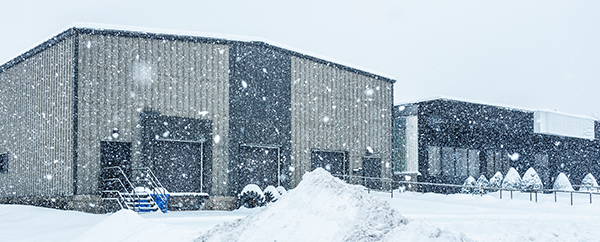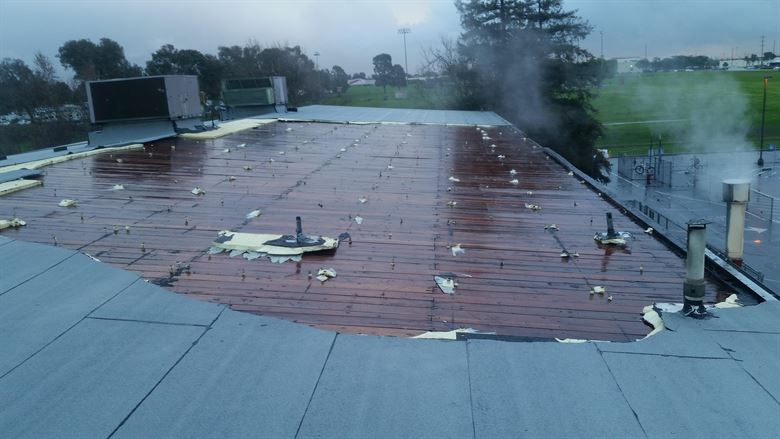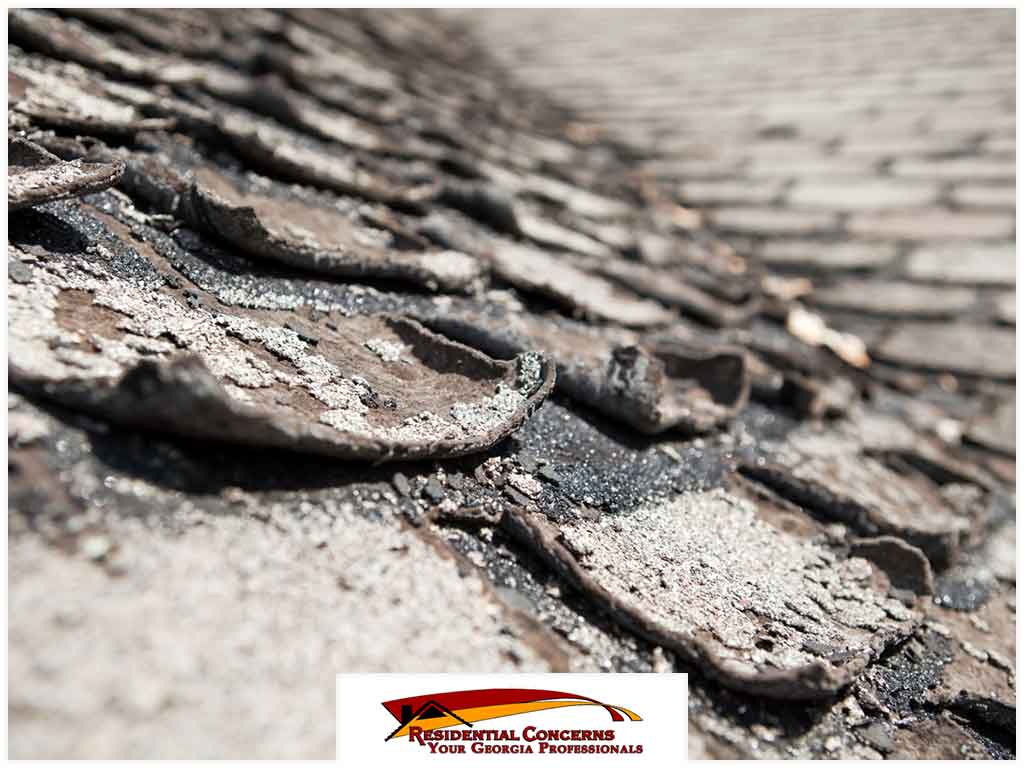Most people without any construction experience know that a roof should be flat and not wavy or sagging.
Roof sagging do to improper bracing before and after.
No matter what the reason when you see a house with a sagging roof it tends to make you nervous even if you don t know precisely why.
A ridge that droops in the middle forming that unintentional western design feature likely is due to undersized rafters and or missing or inadequate internal bracing rafter or collar ties.
Being nervous about a sagging roof is understandable.
Excess weight from snow and design flaws every roof is designed to support a specific maximum weight and anything above this especially for long periods can cause the roof to sag.
Will you please advise us as to the proper procedure on replacing a sagging roof on a 30 year old home.
Prevent this unfortunate series of events by bracing your rafters to make them sturdy and resistant to snow loads and wind.
A sagging roof can come in one of a few classic forms each with its own cause.
The help of a second or third person is necessary even to lift a truss onto a single story roof.
Another wants to tear off all and begin from scratch.
If this is the case call a roof repair professional to rectify the issue immediately before it causes further problems.
This is because too much weight can cause the entire structure to weaken and start sagging especially if there s too many layers of shingles on your roof.
Use a t brace to support the truss vertically.
Depending on the degree of sagging your contractor might need to use jack posts to raise the roof before installing any reinforcement.
One contractor has advised shoring up the warped wood until level with the rest.
Sagging rafters are a sign that a house is in serious trouble.
It is best to brace the inside of the trusses before handling them.
Nail braces vertically every 4 feet along the top and bottom of a gable truss.
Install 2x4s at a 45 degree angle.










